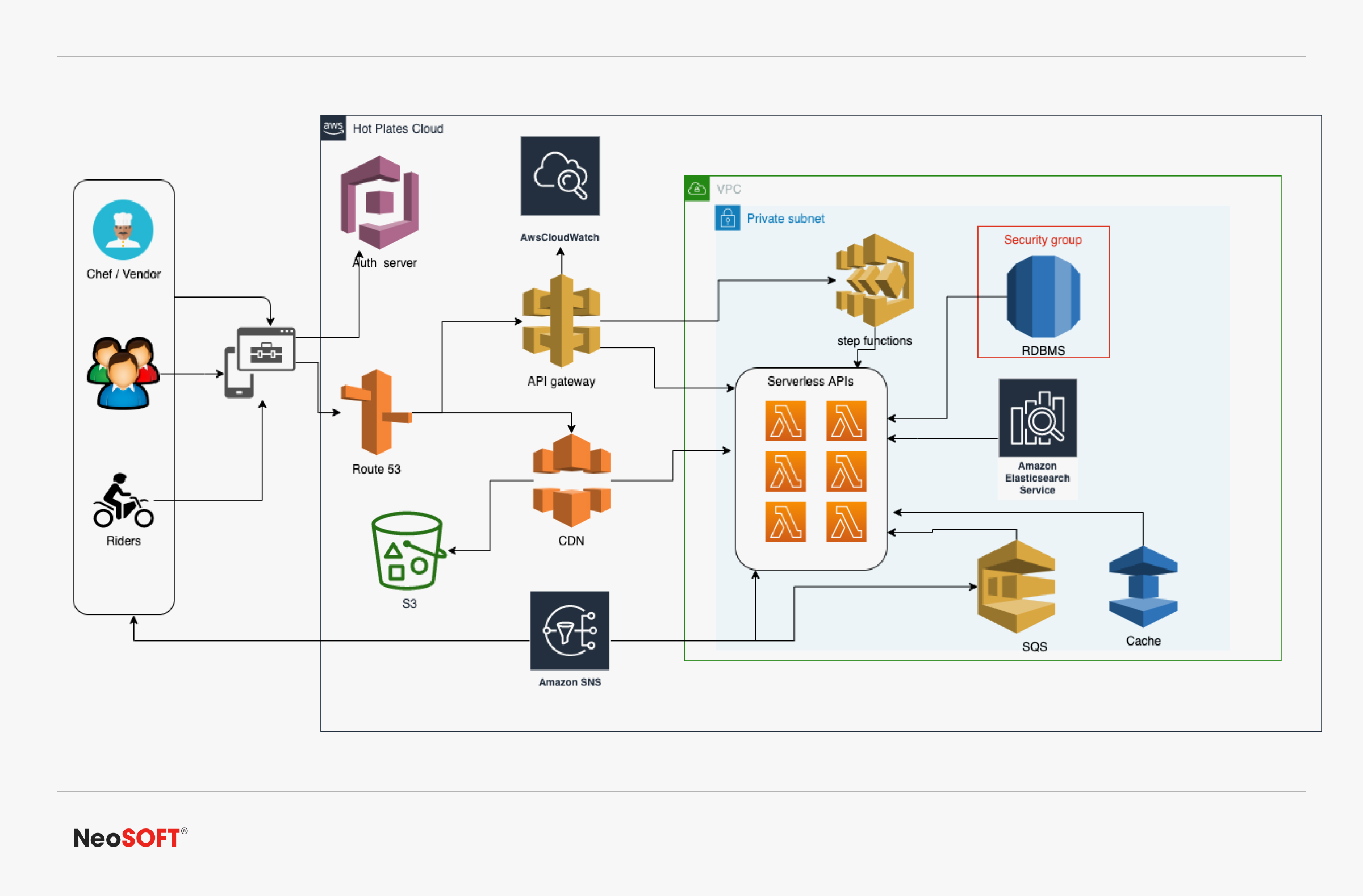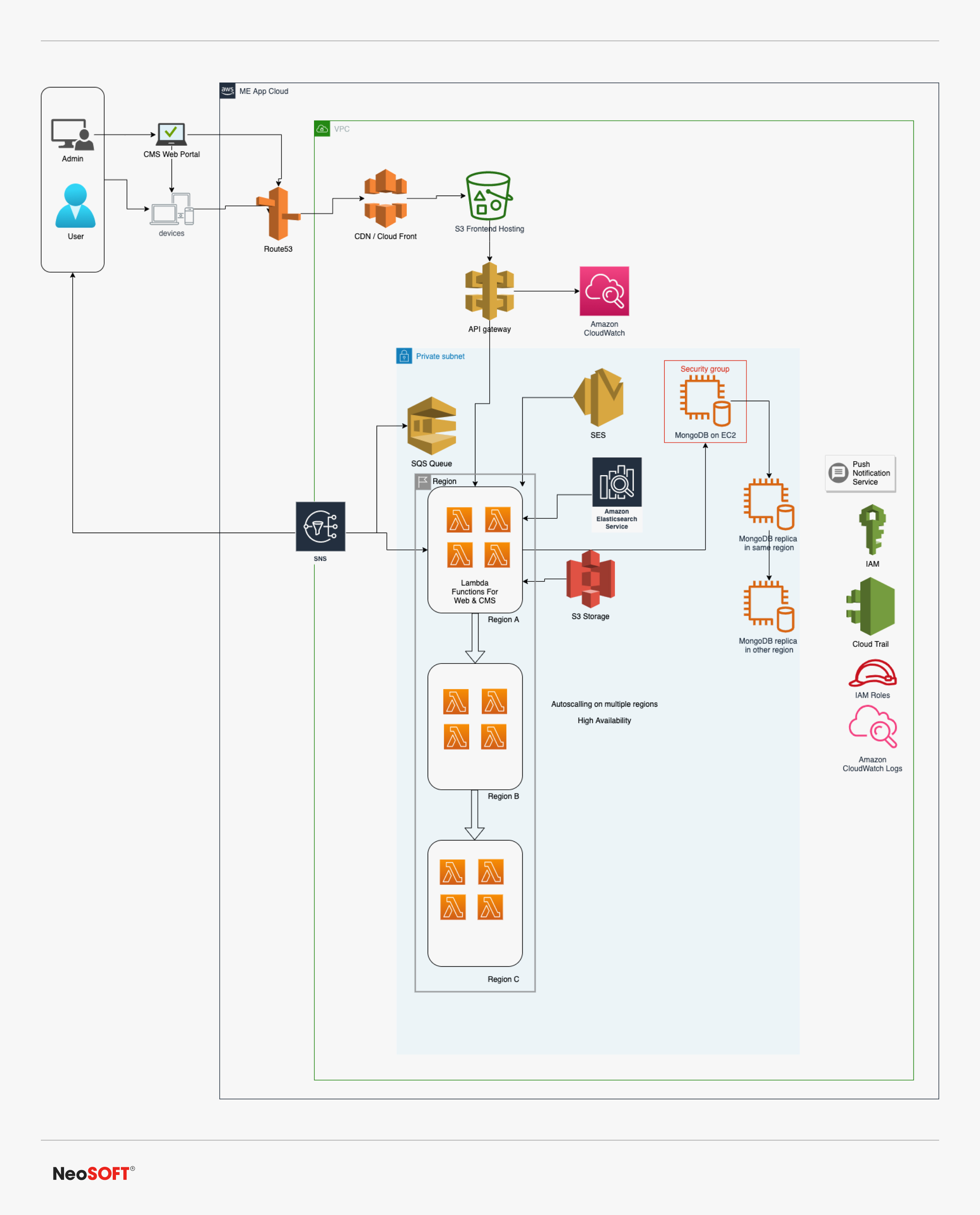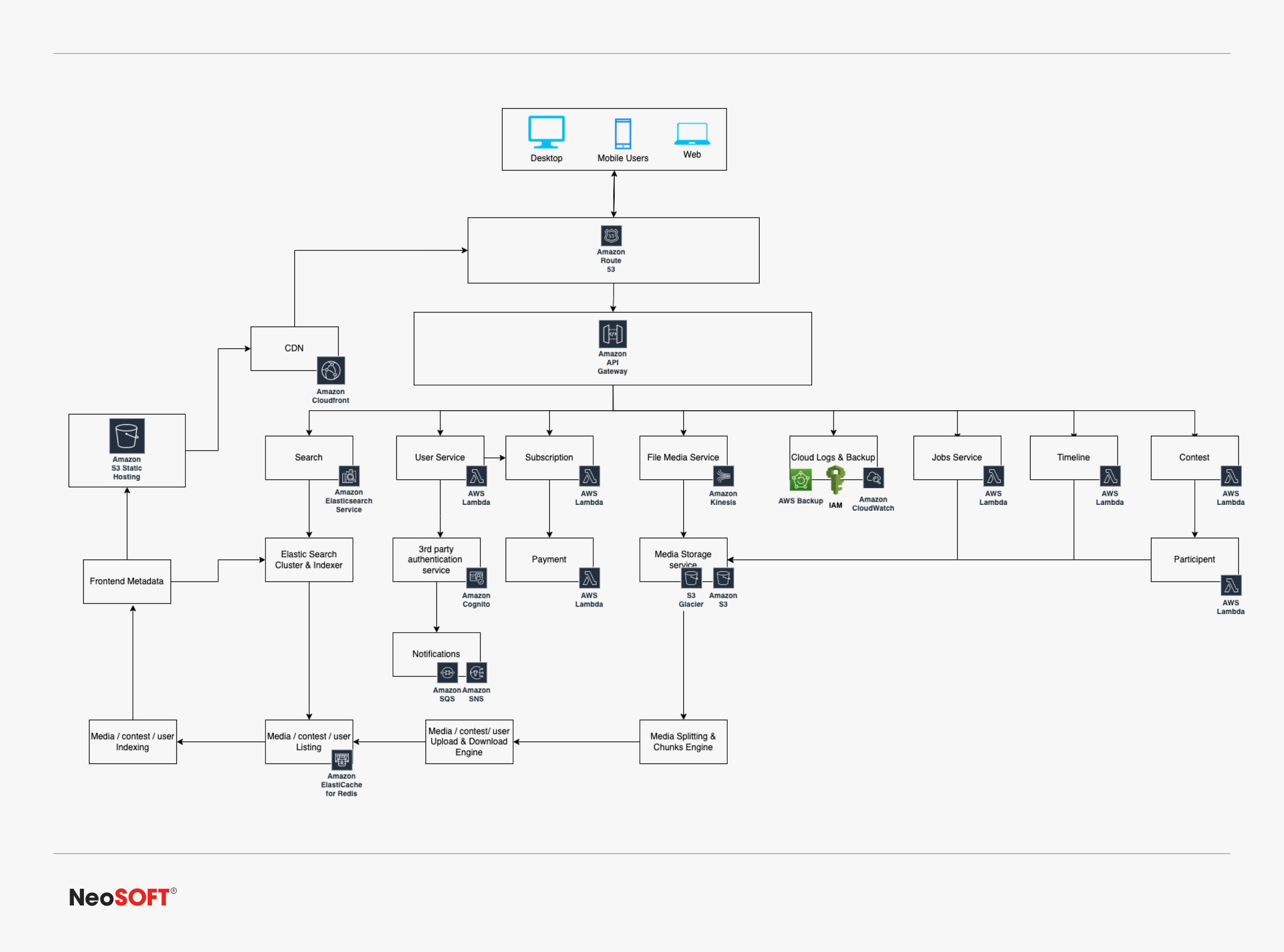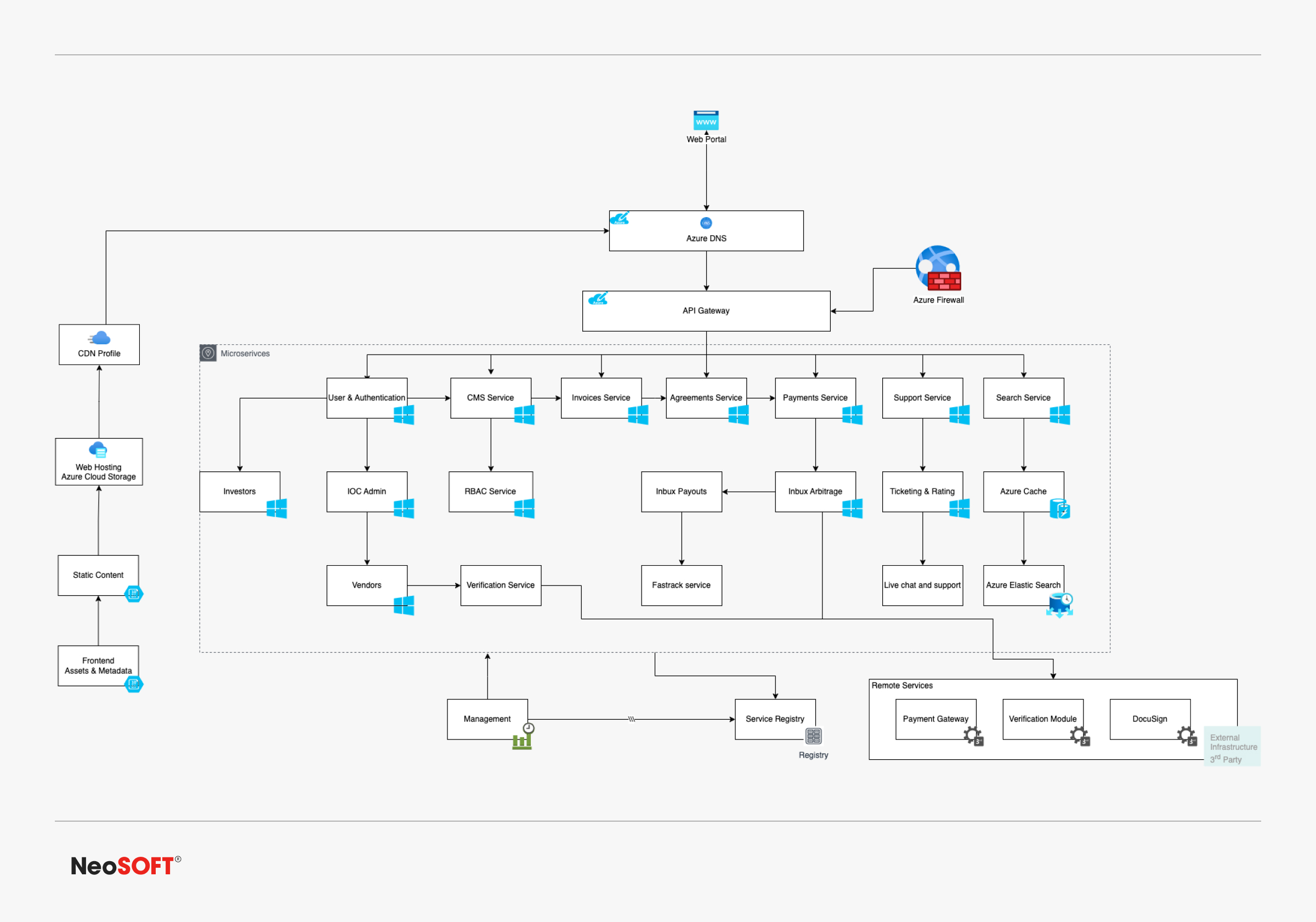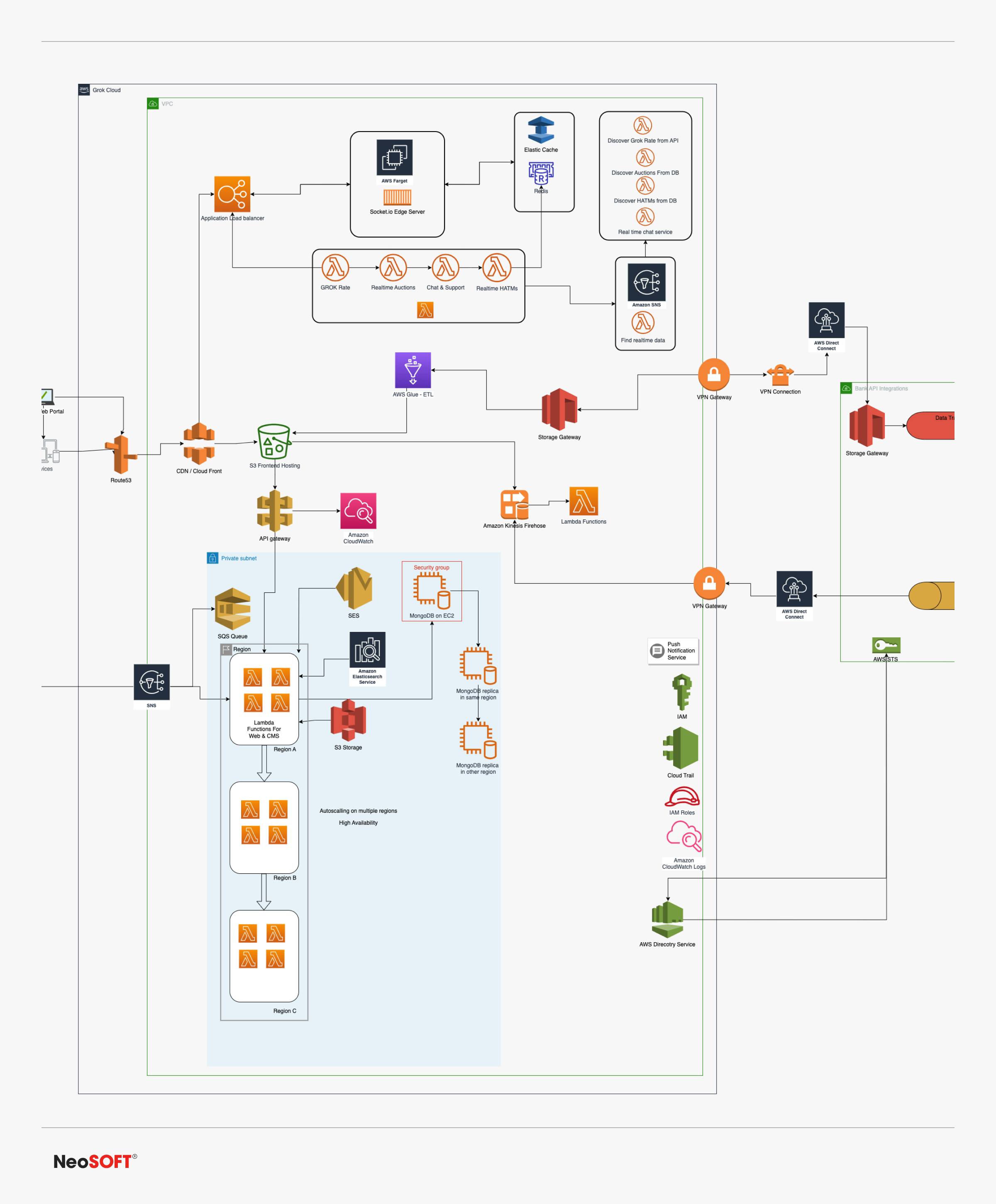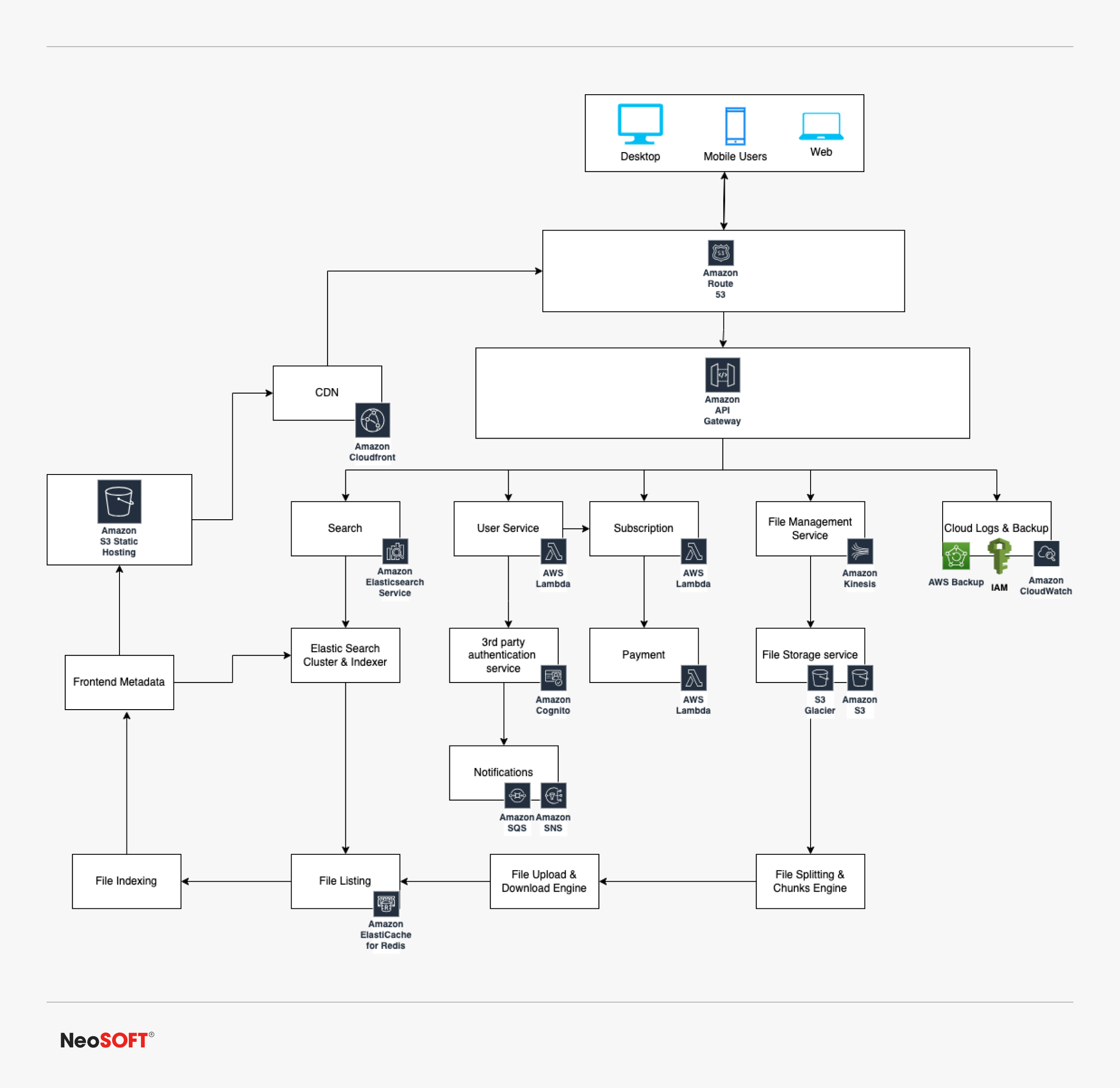Microservices Architecture Enabling Scalable Modern Applications
August 14, 2023
Introduction
Microservices have emerged as a game-changing architectural style for designing and developing modern software applications. This approach offers numerous advantages, such as –
- Scalability
- Flexibility
- Easier maintenance
This article delves into microservices, exploring their benefits, challenges, and best practices for building robust and efficient systems.
What are Microservices?
Microservices break down an application into loosely coupled, independently deployable services. Each service emphasizes a specific business capability and communicates with other services through lightweight protocols, commonly using HTTP or messaging queues.
This design philosophy promotes modularization, making it easier to understand, develop, and scale complex applications.
Essential Principles for Microservice Architecture Design
The following fundamental principles guide the design of Microservices architecture:
- Independent & Autonomous Services: Designed as individual and self-contained units, each Microservice is responsible for specific business functions, allowing them to operate independently.
- Scalability: The architecture supports horizontal scaling of services, enabling efficient utilization of resources and ensuring optimal performance during periods of increased demand.
- Decentralization: Services in the Microservices architecture are decentralized, meaning each service has its database and communicates with others through lightweight protocols.
- Resilient Services: Microservices are resilient, capable of handling failures gracefully without affecting the overall system’s stability.
- Real-Time Load Balancing: The architecture incorporates real-time load balancing to evenly distribute incoming requests across multiple instances of a service, preventing any specific component from becoming overloaded.
- Availability: High availability is a priority in Microservices design, aiming to reduce downtime and provide uninterrupted service to users.
- Continuous Delivery through DevOps Integration: DevOps practices facilitate continuous delivery and seamless deployment of updates to Microservices.
- Seamless API Integration and Continuous Monitoring: The architecture emphasizes seamless integration of services through APIs, allowing them to communicate effectively. Continuous monitoring ensures proper tracking of performance metrics to help detect issues promptly.
- Isolation from Failures: Each Microservice is isolated from others, minimizing the impact of a failure in one service on the rest of the system.
- Auto-Provisioning: Automation is utilized for auto-scaling and provisioning resources based on demand, allowing the system to adapt dynamically to varying workloads.
By using these principles, developers can create a Microservices architecture that is flexible, robust, and capable of meeting the challenges of modern application development and deployment.
Common Design Patterns in Microservices
Microservices architecture employs various design patterns to address different challenges and ensure effective communication and coordination among services. Here are some commonly used design patterns:
- Aggregator: The Aggregator pattern gathers data from multiple Microservices and combines it into a single, unified response, providing a comprehensive view to the client.
- API Gateway: The API Gateway pattern is a single entry point for clients to interact with the Microservices. It handles client requests, performs authentication, and routes them to the appropriate services.
- Chained or Chain of Responsibility: In this pattern, a request passes through a series of handlers or Microservices, each responsible for specific tasks or processing. The output of one service becomes the input of the next, forming a chain.
- Asynchronous Messaging: Asynchronous Messaging pattern uses message queues to facilitate communication between Microservices, allowing them to exchange information without direct interaction, leading to better scalability and fault tolerance.
- Database or Shared Data: This pattern involves sharing a common database or data store among multiple Microservices. It simplifies data access but requires careful consideration of data ownership and consistency.
- Event Sourcing: Stores domain events as the primary source of truth, enabling easy recovery and historical analysis of the system’s state.
- Branch: The Branch pattern allows Microservices to offer different versions or extensions of functionality, enabling experimentation or gradual feature rollouts.
- Command Query Responsibility Segregator (CQRS): CQRS segregates the read and write operations in a Microservice, using separate models for queries and commands, optimizing data retrieval and modification.
- Circuit Breaker: The Circuit Breaker pattern prevents cascading failures by automatically halting requests to a Microservice experiencing issues, thereby preserving system stability.
- Decomposition: Decomposition involves breaking down a monolithic application into smaller, more manageable Microservices based on specific business capabilities.
Developers can efficiently design and implement Microservices that exhibit better modularity, scalability, and maintainability, contributing to the overall success of the architecture.
Few Sample Architecture Of Microservices
Advantages of Microservices
- Scalability: With microservices, individual components can scale independently based on workload, enabling efficient resource utilization and better performance during high traffic.
- Flexibility: The loosely coupled nature of microservices allows developers to update, modify, or replace individual services without impacting the entire application. This agility enables faster development and deployment cycles.
- Fault Isolation: Since services can decouple, a failure in one service does not cascade to others, reducing the risk of system-wide crashes and making fault isolation more manageable.
- Technology Heterogeneity: Different services can use varied programming languages, frameworks, and databases, allowing teams to select the most suitable technology for each service’s requirements.
- Continuous Deployment: Microservices facilitate continuous deployment by enabling the release of individual services independently, ensuring faster and safer rollouts.
Challenges of Microservices
- Distributed System Complexity: Managing a distributed system introduces complexities in terms of communication, data consistency, and error handling, which require careful design and planning.
- Operational Overhead: Operating multiple services necessitates robust monitoring, logging, and management systems to ensure smooth functioning and quick identification of issues.
- Data Management: Maintaining data consistency across multiple services can be challenging, and implementing effective data management strategies becomes crucial.
- Service Coordination: As the number of services grows, orchestrating their interactions and maintaining service contracts can become intricate.
Best Practices for Microservices
- Design Around Business Capabilities: Structure services based on specific business domains to ensure clear ownership and responsibility for each functionality.
- Embrace Automation: Invest in automation for building, testing, deployment, and monitoring to reduce manual efforts and improve efficiency.
- Monitor Relentlessly: Implement robust monitoring and alerting systems to identify and address performance bottlenecks and issues proactively.
- Plan for Failure: Design services with resilience in mind. Use circuit breakers, retries, and fallback mechanisms to handle failures gracefully.
- Secure Communication: Ensure secure communication between services by implementing encryption and authentication mechanisms, which effectively deter unauthorized access.
Conclusion
Microservices have revolutionized modern software application architecting, development, and scaling.
Organizations can achieve greater agility, scalability, and maintainability by breaking down monolithic systems into more minor, manageable services.
However, adopting microservices requires careful planning, coordination, and adherence to best practices to harness their full potential.
With the advantages of microservices and addressing the associated challenges, businesses can build robust and adaptable software architectures that meet the demands of today’s fast-paced digital landscape.
By Sumit Munot (Delivery Manager – Javascript Fullstack)









